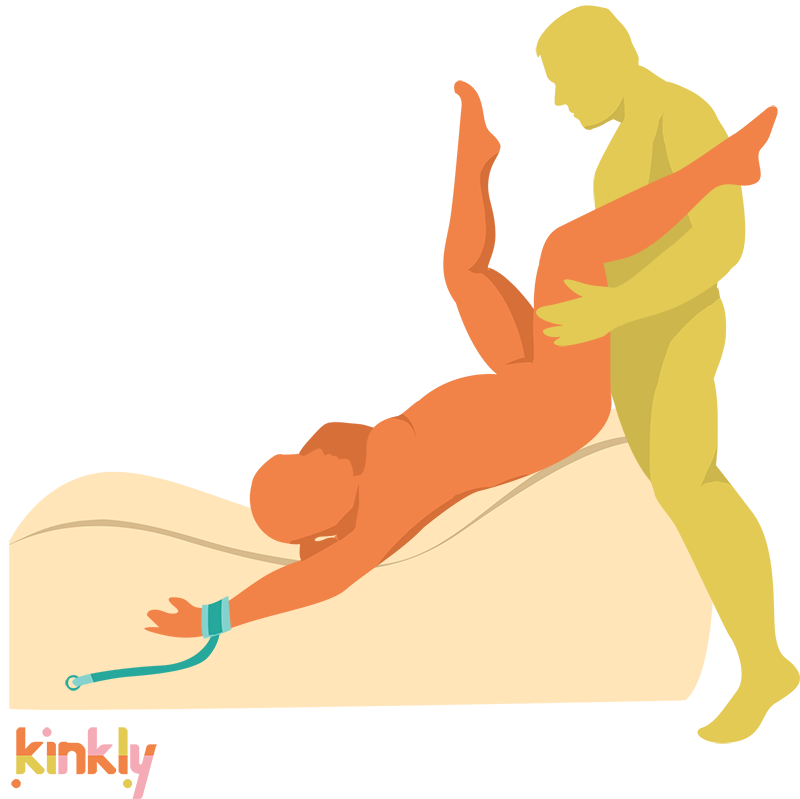Tubal ligation is surgical procedure that results in a woman's sterilization. It is considered permanent birth control. Sometimes referred to as "having your tubes tied" the procedure involves closing off the fallopian tubes in one of several ways including burning or stitching the tubes closed. Clipping or banding the tubes to hold them shut are also options.
More About Tubal Ligation
Tubal ligation is regarded as permanent birth control employed by women who are certain they are done having or do not wish to have children. While the process is reversible, reversals are not very effective.
Tubal libation is not always successful as a means of birth control. Within one year of the procedure, five out of 1000 women who have the procedure will become pregnant. Within five years, the number rises to 13 out of 1,000.


















